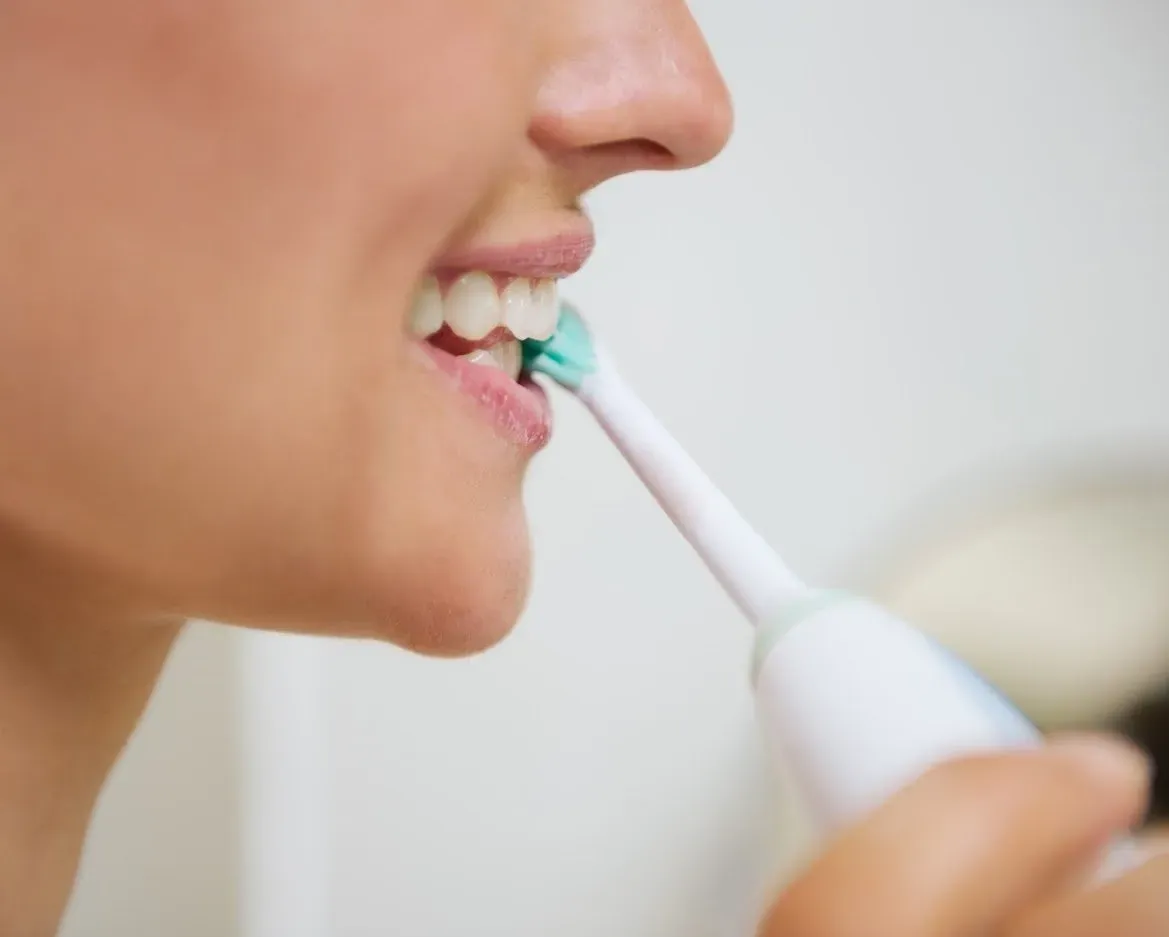5 Reasons to Choose White Fillings over Silver Fillings

Do you have a cavity or two that needs filling in the near future? If so, you should do a little research before settling on a filling type for your teeth. For a long time, over 150 years, in fact, amalgam, or silver, fillings were the standard treatment for cavities. Nowadays, however, more and more dentists are turning to white, composite fillings instead.
But as a dental patient, you may be wondering what the point of white fillings is — aside from the obvious difference in colour — especially considering they are more expensive.
As it turns out, quite a few good reasons point you to choose white fillings over silver fillings.
1. You Have a Cavity in Your Smile Zone
Composite fillings, or white fillings, have grown in popularity among patients and dentists for years. The main reason for this growth in popularity is their ability to blend in with your natural teeth.
This ability comes in handy when you have a cavity in your smile zone, which is the area from your canine teeth to your central incisors. Prior to applying the tooth-coloured resin to a cavity, a dentist can select an appropriate shade of white, one that matches the natural hue of your teeth.
If you have a cavity develop between your two central incisors, a white filling would mean that you can smile without feeling self-conscious.
2. You Don't Like Dental Drills
Some dental patients have a fear of dental drills. When treating a cavity with a standard silver filling, dentists first need to prepare the tooth using a dental drill before placing the filling. This not only removes dental decay, but it also creates a zone into which the silver filling can slot more easily.
White fillings, on the other hand, bond to the natural structure of your teeth and this means that only minimal drilling is required to remove the decay before placement of the filling.
3. You Want to Preserve Your Natural Tooth Structure
As mentioned earlier, amalgam fillings require a little more drilling on the treated tooth before the filling can be placed. This is because silver fillings don't bond to natural tooth structure, such as dentin and enamel, like white fillings do. As a result, dentists need to create grooves or slots for the silver filling to fit into.
Unfortunately, this means that it is necessary to remove some of the natural tooth in the process. Since white fillings don't have this requirement, you can preserve more of your natural tooth structure.
Do bear in mind, however, that white fillings are more appropriate for small to mid-size cavities, especially where your molars are concerned. This is because silver fillings can take more chewing force and so won't break as easily as white fillings.
4. You Want a Filling That’s Easily Replaced
Although white fillings do take longer to apply because dentists need to completely dry the area before placing the composite material, replacing them is less complicated than replacing a silver filling.
For instance, when replacing a silver filling, a dentist needs to remove the entire filling before cleaning up the area and replacing it. This involves removing some of the natural tooth structure once again.
However, in the case of white fillings, a dentist need only remove the damaged portion of the filling before filling in the space with composite resin.
5. You Plan to Whiten Your Teeth
If you plan to whiten your teeth in future, and you want the whitest smile possible, you should first whiten your teeth, and then replace any silver fillings you have with white fillings. Doing this will allow your dentist to create a shade of composite resin that matches your newly-whitened teeth. This will give you a whiter, more natural smile.
White fillings require the touch of an experienced and skilled dentist to be done to an aesthetically pleasing standard. As such, if you favour white fillings over silver fillings, ensure that you choose a reputable dentist to carry out your treatment.










